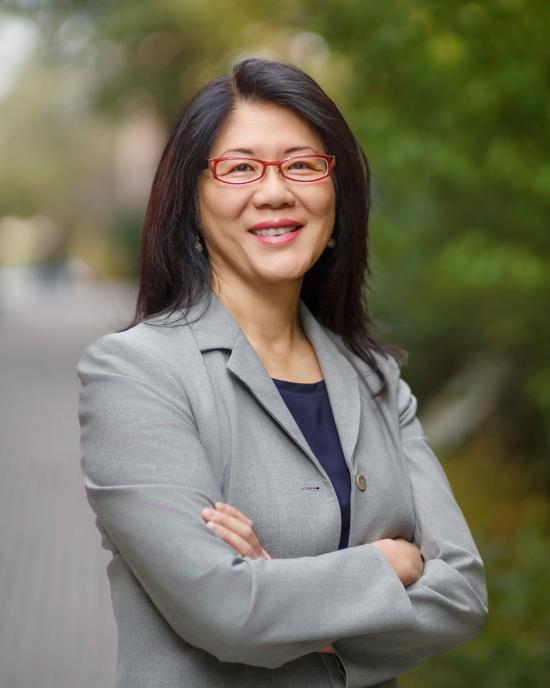Publication
Understanding an urbanizing planet: Strategic directions for remote sensing
On This Page
Scientific contributions from remote sensing over the last fifty years have significantly advanced our understanding of urban areas. Key contributions of urban remote sensing include but are not limited to characterization of urban areas, urban land cover changes and thermal remote sensing of urban climates. Today, the proliferation of new sensors, long time series of the satellite record, joint analysis of Earth observation data with ancillary data sets, widespread availability of high-performance computing facilities, and slow but increasing use of remote sensing data and methods in non-remote sensing fields together offer new opportunities to generate scientific knowledge for an urbanizing planet. Simultaneously, the scale and pace of contemporary urbanization require new information about urban areas from both the science and policy communities. This paper examines remote sensing contributions to the scientific understanding of urban areas over the last 50 years until today. Based on this assessment and current needs by user communities, we identify four strategic directions for future urban remote sensing research: high temporal frequency analysis, characterization of urban heterogeneity, characterization of urban form and structure in two and three dimensions, and linking remote sensing with emerging urban data. Advances in these four areas are likely to generate significant new insights that will be useful to both science and policy.
